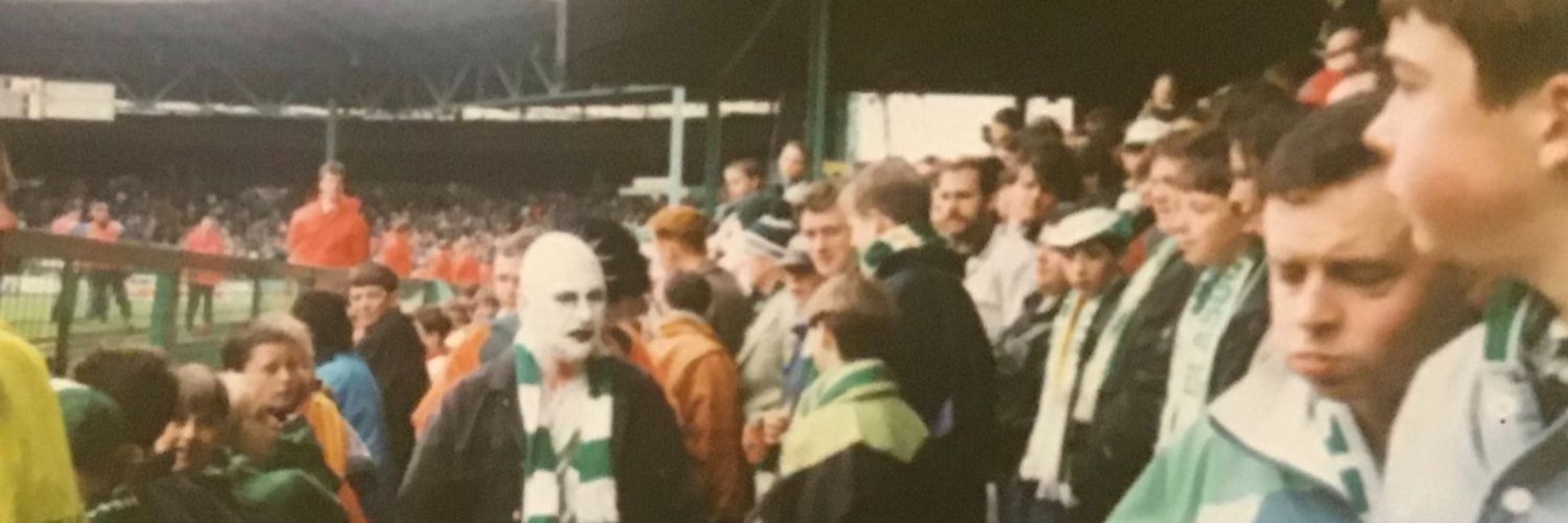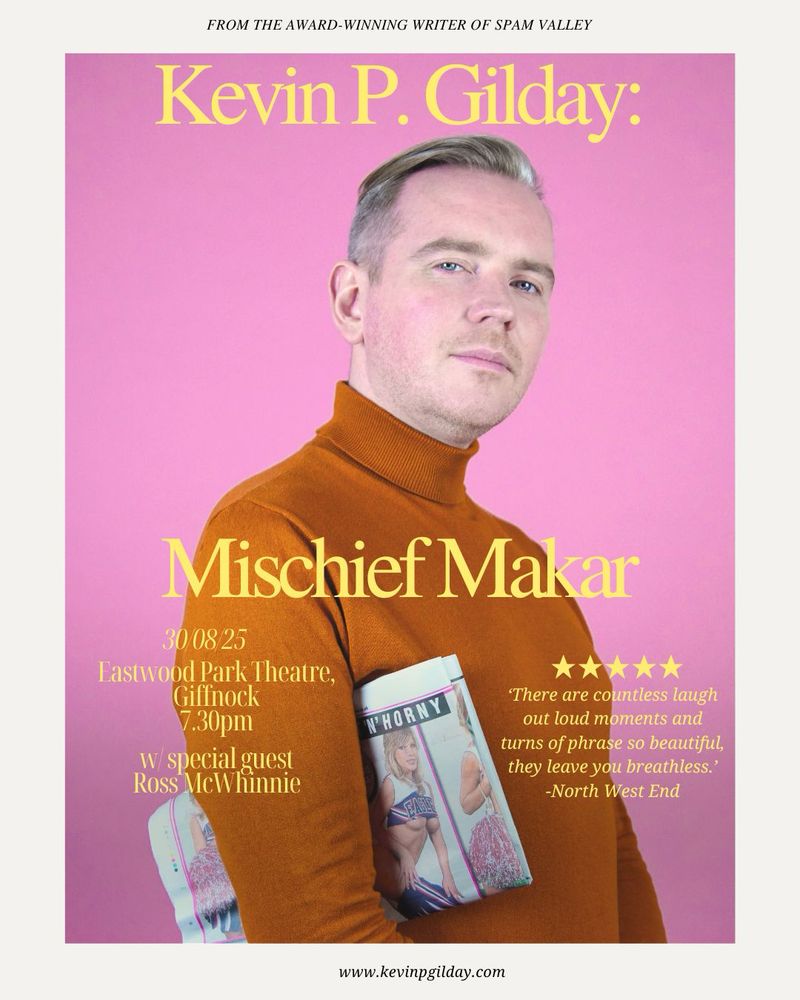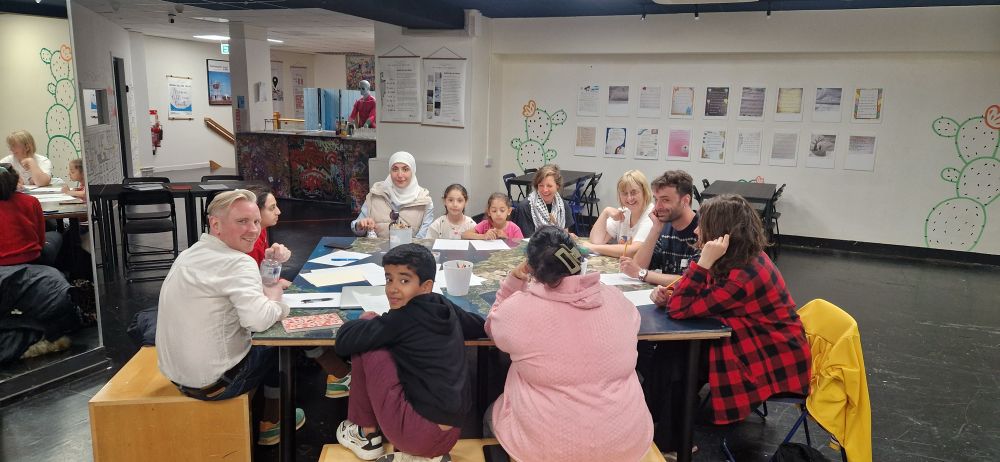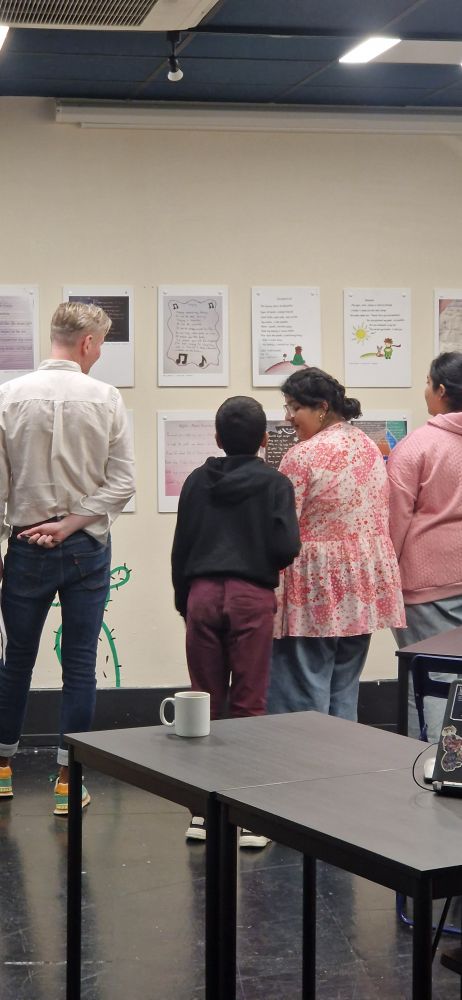
www.kevinpgilday.com

































































I’m in Prague undertaking my UNESCO city of literature residency, creating new work inspired by the city’s brutalist buildings and their social history.




I’m in Prague undertaking my UNESCO city of literature residency, creating new work inspired by the city’s brutalist buildings and their social history.




The final Mischief Makar show takes place at Eastwood Park Theatre in Glasgow’s leafy south side on the 30th Aug. The last chance to see this show’s deft combination of spoken word and comedy in action.

The final Mischief Makar show takes place at Eastwood Park Theatre in Glasgow’s leafy south side on the 30th Aug. The last chance to see this show’s deft combination of spoken word and comedy in action.

